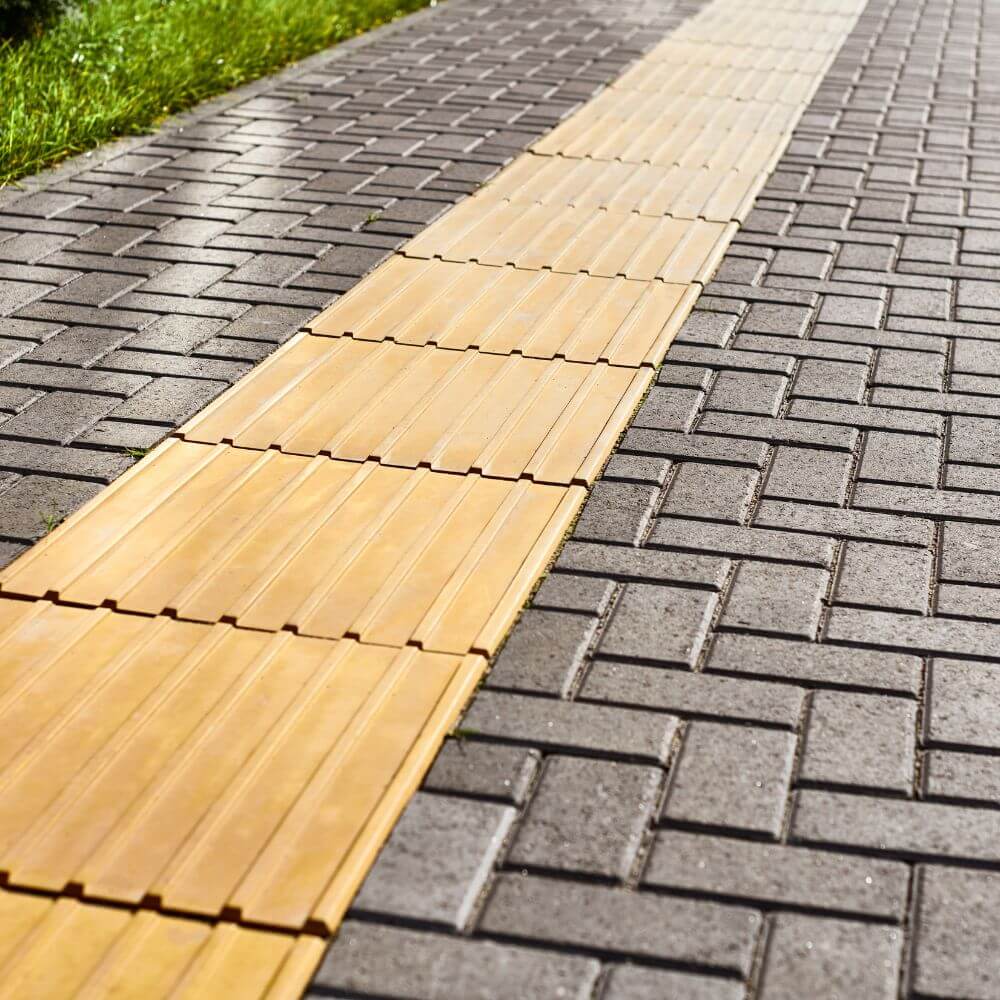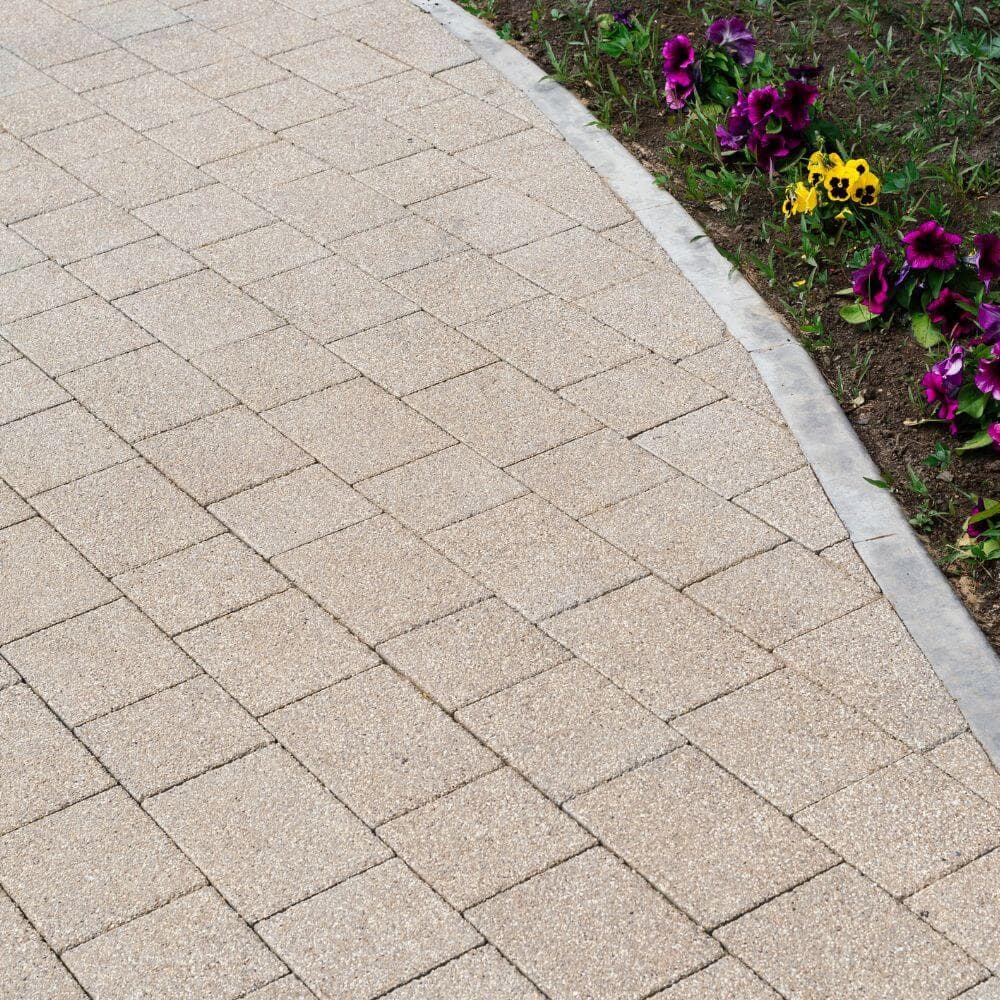Jointing Sand
Interlocking Toronto employs premium jointing sand to ensure the stability, durability, and aesthetic appeal of your interlocking pavement installations.
Interlocking Toronto employs premium jointing sand to ensure the stability, durability, and aesthetic appeal of your interlocking pavement installations.







Interlocking Toronto ensures the longevity and stability of your pavement installations through meticulous attention to every step, including the application of jointing sand. Our expert technicians meticulously spread polymeric joint sand over the pavers, ensuring a seamless and secure bond between each interlocking unit. This process not only enhances the aesthetic appeal of your outdoor space but also strengthens the structural integrity of the pavement, minimizing the risk of shifting or settling over time.
Interlocking joint sand serves as the invisible glue that holds your pavement together, providing unmatched durability and resilience against the elements. By sweeping the sand into the joints and misting it with water to activate, we facilitate the formation of a robust bond that locks the pavers in place. This meticulous approach ensures that your interlocking pavement withstands the test of time, maintaining its pristine appearance and structural stability for years to come.
Interlocking Toronto recognizes the multifaceted benefits of using joint sand in interlocking pavement installations. Beyond its role in stabilizing the pavers, joint sand contributes to the overall aesthetics and functionality of your outdoor space. By filling the gaps between the interlocking units, the sand creates a smooth, uniform surface that enhances the visual appeal of your pavement while also preventing weed growth and minimizing water penetration.
Choosing Interlocking Toronto for your pavement needs means opting for sustainable solutions that prioritize both quality and environmental responsibility. Our use of high-quality jointing sand not only ensures superior performance but also promotes eco-friendly practices. By investing in interlocking joint sand, you’re not just enhancing the longevity of your pavement but also contributing to a greener, more sustainable future. Experience the difference with Interlocking Toronto today and enjoy a pavement solution that stands the test of time.

Jointing sand is a special type of sand used to fill the gaps between interlocking pavers. It plays a crucial role in stabilizing the pavers, preventing weed growth, minimizing water penetration, and enhancing the overall durability and aesthetics of the pavement.
After the interlocking pavers are laid, jointing sand is spread evenly over the surface. It is then swept into the joints between the pavers using a broom. Finally, the pavement is misted with water to activate the sand and ensure a solid bond.
Polymeric jointing sand is commonly used in interlocking installations due to its superior strength and durability. It contains additives that harden when exposed to moisture, creating a strong bond between the pavers.
Yes, one of the primary functions of jointing sand is to inhibit weed growth by filling the gaps between the pavers and creating a barrier that impedes weed seeds from germinating.
Yes, polymeric jointing sand is designed to withstand a wide range of weather conditions, including heavy rain, freezing temperatures, and UV exposure. It remains stable and intact, ensuring the longevity of the interlocking pavement.
With proper installation and maintenance, jointing sand can last for several years before needing replacement. However, factors such as heavy foot traffic, settling of the pavers, and erosion may necessitate occasional replenishment.